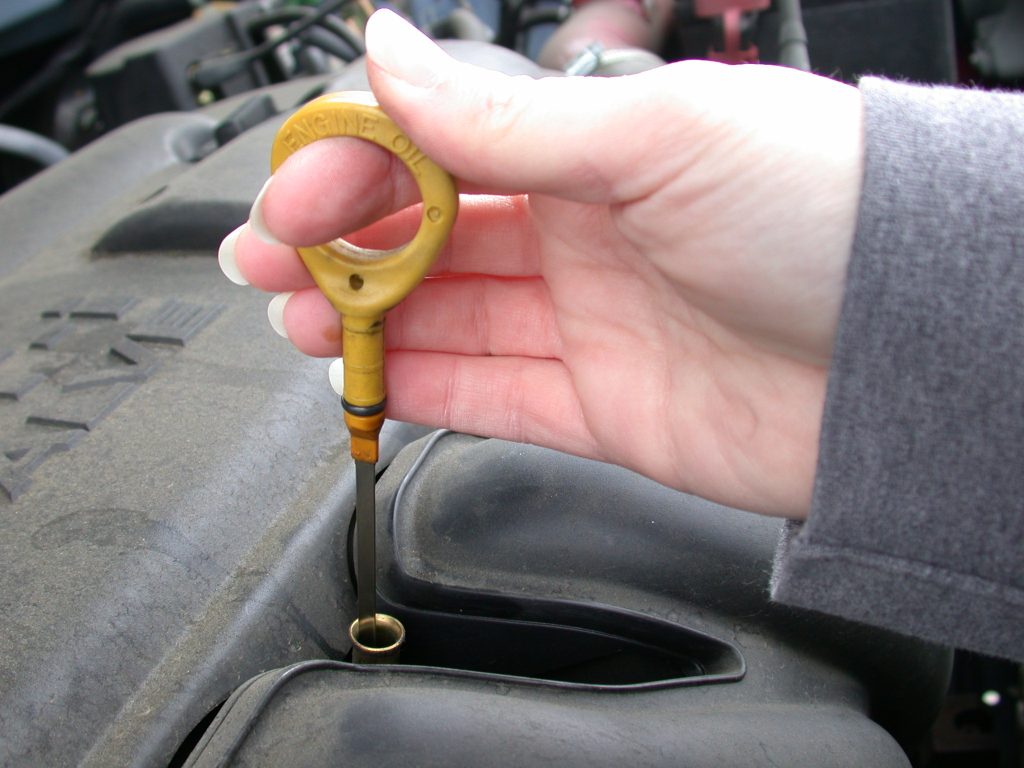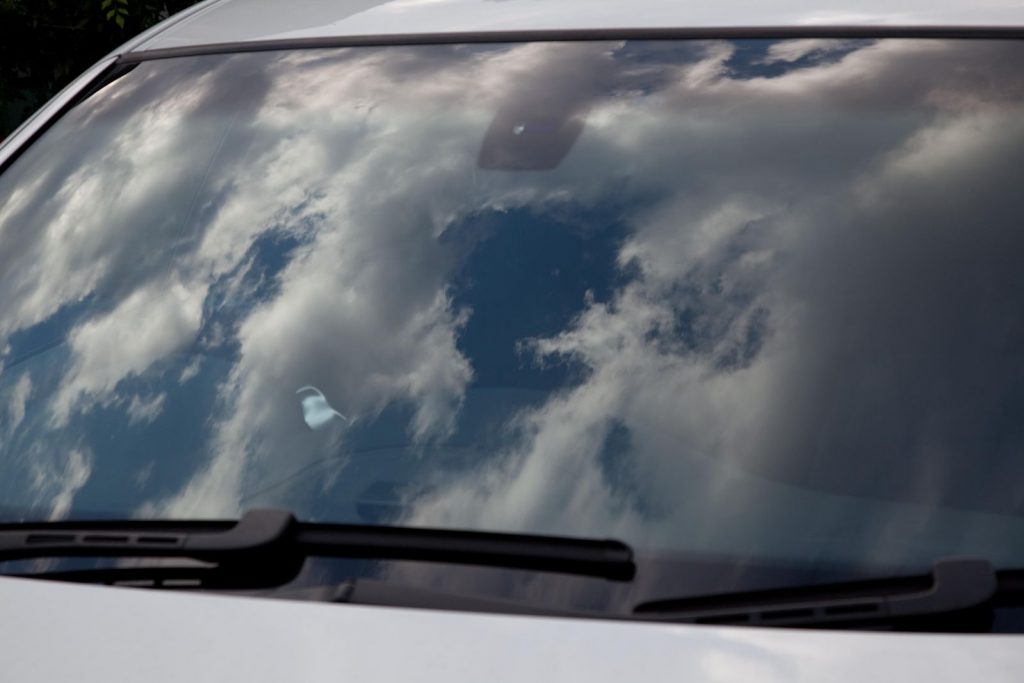Learning to drive is one thing, but what about when you have passed your test? Your going to have to buy and maintain a vehicle.
Go2pass has created the ultimate list of top 10 maintenance tips to help you keep your car in great condition and reduce the chance of costly repairs:
-
Check and change your oil regularly
Think of the motor oil as the life’s blood of your car, it lubricates the internal moving parts of your engine and ensures its proper performance. To make sure you get the most of your engine, it is advisable to check it monthly. For older cars with mileage over 75,000 miles, check the oil more often as older engines might consume more oil or spring a leak.
Steps to follow when checking and topping your engine oil:
- Make sure your vehicle is turned off. If you are new to this, check out your owner’s manual, it will have detailed instructions on how to pop-open your hood and where your dipstick is located.
- Open the hood of your car and make sure it is securely popped.
- Locate the measuring stick, in most models, it has a yellow or orange circular handle.
- Take out the dipstick and clean it with a cloth, then place it back in and make sure it goes all the way in so the oil level is measured accurately.
- After a minute, take the dipstick out and check its level. Most models have a textured area showing where the desired level of the oil should be.
- Check the colour of the oil, it should be amber, if it looks dirty or denser than usual, consult a car mechanic.
- If the measuring stick shows the oil level is normal, plug it back in. If it is below the lower mark, pour in the needed amount.

Check the condition of your brakes, seatbelts, battery
Brakes
If you notice something strange in the way your brake pedal feels when you press it, there is a high chance a certain part of your brake system has malfunctioned.
When you apply your brake pedal the following happens:
- It sends fluid through a brake line into the calliper
- The calliper then squeezes onto the brake rotor
- The rotor slows down your wheels and your car stops.
If your brake pedal feels different, such as a pulsation, it falls too far down, or it makes a strange noise, pull over as soon as you can and do further inspection.
Seatbelts
Every few months, do check your seatbelt system for any irregularities. If you’ve purchased a used car or participated in a car accident, a proper inspection is needed as well.
Check whether any specific parts of the seat belt system have cuts, wears or fraying, any loose or missing nuts or bolts etc.
Check if the auto-return mechanisms on all seat belts return back smoothly, if not, that may prevent it from holding you back during a crash.
Car battery
Proactively checking your car battery twice a year will reduce the chance of it failing. In order to check if your battery works properly, you can use a multimeter.
When fully charged, your battery should measure around 12.6 volts. When the engine is turned on, it should measure from 13.7 to 14.7 volts.
If you do not have a multimeter at hand, turn on your engine and switch on the lights. If they are dim, then that means your alternator cannot power your lights fully. If your car lights shine properly but you still experience battery problems, then your battery might not be able to hold a charge.
Inspect your tyres for any abnormalities
Keep an eye for any abnormalities on your tyres in order to keep them in full functionality
- Check what your tyre’s service life is. See the If you’ve used your tyres for more than 5 years, have them inspected by a professional. Tyres with a life of more than 10 years should be replaced.
- Look out for any tears, bulges, stones or nails in between the grapple, cracks or sidewall scuffing etc. Any tread wear might be caused by problems with your car suspension.
- Keep an eye on the tread depth, anything below 2 mm is to be replaced (the legal minimum is 1.6 mm)
- When replacing your tyres, make sure their size is compatible with your car and your other tyres
Take care of your lights and visibility
Having proper vision and lights working at full performance is a must to ensure optimal safety while driving.
Cleaning your windshield and other windows
In order to clean your windshield well, use a soft brush to clean the excessive dirt and spots before you clean it with a microfibre cloth and a car window cleaner. Don’t forget to clean your centre and side mirrors as well, so you have proper vision while driving.
Watch for any cracks on your windows, a 40 mm crack on your windshield might result in a failed MOT test. If the crack is above 10 mm and falls under the windshield vision (known as ‘area A’) it might fail your MOT test as well. See all parts tested during an MOT test here.
Effectively cleaning your lights for maximum brightness
An easy and effective way to clean your lights is to use whitening toothpaste and an old toothbrush. Spread on a decent amount of toothpaste and brush it with your toothbrush so the whole visible area is covered. Let it dry and then clean it thoroughly with a wet cloth. Your lights will shine a lot brighter.
Keep your interior clean and tidy
Although regular interior maintenance should suffice, sometimes you will have to deal with stains on the carpeted and upholstered surfaces of your vehicle. This is especially valid if you’ve just bought a used car and the previous owner did not pay much attention to the interior.
This leaves you with two options: 1) get professional help and have your carpets cleaned using hot water extraction carpet cleaning (the same method is used for cleaning domestic rugs and carpets), or 2) you could do it yourself using some elbow grease.
In case you like to do it yourself, here is how you should treat stains on your vehicle’s interior:
How to remove any stain out off your car carpet?
Before you deep clean your car carpets, you should pre-treat any stains. It is important to use non-toxic cleaning products when cleaning enclosed spaces such as the inside of a car.
How to make a non-toxic car carpet cleaning solution?
Here is a cheap and easy-to-make recipe which uses only natural ingredients:
- You can either use an empty water bottle (500ml) or an empty spray bottle you have at hand.
- Pour in a mixture of distilled vinegar, club soda, lime and dish soap.
- Shake well and let it settle for an hour.
- Some coloured car carpets and upholstery might get discoloured, so test it by spraying on a little patch to see the effect.
- You are ready to tackle any stains in your car
Use a hard-bristled brush together with the cleaning solution you just made to clean any stains. Tackle stains immediately so they don’t dry up and soak in the fabric.
Remember: always blot, never rub.
Here is how to properly deep clean your car carpets and mats
It is advisable to deep clean your car carpet and upholstery every three months.
If you haven’t done it lately, thoroughly vacuum your interior, use a vacuum attachment which can easily reach the tightest spots.
Make sure you pick up any small objects of importance, so you don’t vacuum them by mistake. In order to get dust and other particles seated deeper into your car carpets, agitate the area with a brush and vacuum it again.
- Next, spray on general carpet shampoo on your car carpet and use a damp sponge (for delicate carpets) or a brush to rub the shampoo in.
- Meanwhile, clean your car mats. Using a stiff-bristled brush, scrub and rinse and hang them to dry
- In this final step, use either your vacuum cleaner or a dry cloth to absorb the moisture off your carpet.
Note: To tackle leather surfaces, use a cloth and a 50/50 mixture of water and distilled vinegar
How to dry your car carpet?
In order to dry your car carpets after deep cleaning them, take them out of your car and hang them somewhere airy. If your car carpet can’t be detached, open your doors and let the air flow inside freely.
In case of having your car flooded with water in any way, follow these steps to dry it immediately.
- Turn off your engine if you haven’t and disconnect the battery
- Open all the doors, trunk and hood.
- Thoroughly absorb all the excess liquid with a sponge or a towel.
- If your car has been flooded greatly, contact your car insurance.
Lubrication of moving parts
If your car makes squeaky noises whenever you open a door or turn a handle, it is time to lubricate!
When it comes to lubricating your transmission, engine, brake system or any other system responsible for the movement of your car, you might want to consult a professional mechanic before attempting to maintain them yourself.
However, you can take care of all the hinges and handles to ensure quiet and pleasant trips.
Physical car locks
Modern cars can be locked and unlocked wirelessly, leaving physical locks unused for long periods of time. In order to maintain them and save yourself the trouble of getting locked out when your key battery dies, use a lock de-icer which you can find at any gas station or auto shop.
Hinges and latches
Next come the hinges and latches of your hood, doors and deck-lids. Here, a more powerful lubricant such as sprayed lithium is suitable (be careful and don’t overuse it as particles will stick to lithium grease and leave a residue.). Spray those parts every 3-4 months and wipe the excess lubricant with a cloth.
Plastic and rubber parts
When it comes to plastic and rubber parts, take care of them with a silicone-based lubricant. Plastic and rubber door seals and latches can get stiff during cold weather. To prevent cracking and squeaking, it is advisable to lubricate them every few months.
Have your CO2 emissions diagnosed periodically
In order to check what is the fuel consumption and emission rates of your car, you can use the online calculator of the Vehicle Certification Agency for either new or used car.
Remember, you cannot pass an annual MOT vehicle check if your exhaust emissions are above the norm.
Waxing your car to maintain the shine of your paint
Keeping cleanliness and shine of your car says a lot about you. Waxing your car regularly puts on a protective layer over your paint which protects it from the changes in climate, the rain, dust and sun.
Here are a few tips on how to properly wax your car:
- First off, make sure your car is washed and cleaned before you wax it
- Wax your car only when it is fully dry
- It is advisable to wax it when the weather temperature is somewhere between 15 and 30 degrees Celsius.
- When waxing, you want to evenly apply circular strokes.
- After it is dry, use microfibre cloth to wipe the wax off.
Signs your car may need a mechanic
Let’s start with the most basic sign, which is any warning sign on your dashboard. Whether it is a problem with your brakes, engine, electronics, suspension or other issues, usually your dashboard will show a light beeping, informing you there is something wrong with your vehicle
Any peculiar sounds and smells. Does your car smell differently, like motor oil or gasoline?
If yes, there might be a leak you need to check. If your engine, suspension or other systems produce an unfamiliar noise, your vehicle would surely need an inspection.
When taking your car out the garage or a parking spot, check for any leaks on the ground below the car, oil spills are usually caused by degraded engine gaskets, oil pan leaks or bad connections.
Here are some final, quick tips to keep your car in top shape
- Use a squeegee and a spray bottle to easily get rid of any dog/cat hair on your seats.
- Cleaning your wipers with alcohol will greatly reduce the chance of stripes.
- When cleaning your interior, add a drop of your favourite essential oil to the cleaning solution to make your car smell heavenly
- Use a multi-pocket folder to store all your car documents in one place and easily access them when needed.


